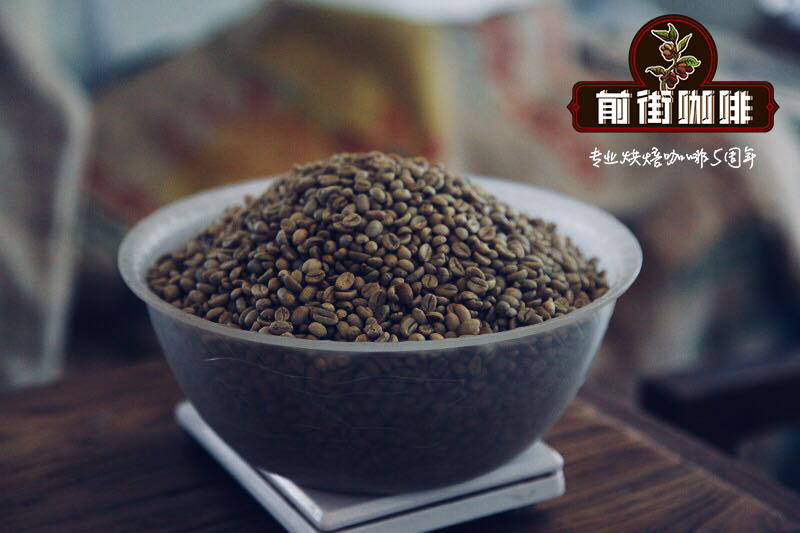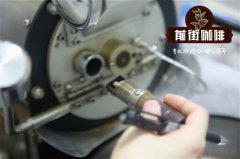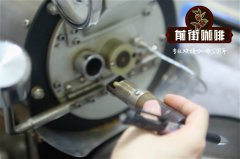I don't know how to buy coffee beans. What are the three processed flavors of coffee?

Coffee beans are the seeds of coffee fruit, which looks like a red jujube from the outside, and because the small red fruit of coffee fruit is also like a cherry, it is called coffee cherry (coffee cherry) in foreign countries.
In terms of structure, coffee fruits generally have peel, pulp, pectin layer and coffee beans from the outside to the inside, while coffee beans with different treatments will retain different structures, which will of course affect the flavor.
At first, coffee farmers will remove the immature fruit after collecting the coffee fruit, and then treat the coffee beans in different ways.
1. Solarization method
If coffee farmers evaluate the weather and adopt the sun treatment method, they will spread the screened coffee fruits directly on the main square, let the sun exposure for two to three weeks to dry the coffee fruits, and then remove the shell of the dried coffee fruits to get coffee beans. This kind of sun-dried beans will adhere to the dried pulp layer and pectin layer, so the coffee beans will be richer in flavor and tend to taste sweet.
two。 Washing method
Is to remove the peel and pulp of the screened coffee fruit through the shelling machine, and the remaining coffee beans containing pectin layer will be fermented for 12 to 24 hours by the symbiotic bacteria of the coffee itself, such as acetic acid bacteria and lactic acid bacteria. These strains will digest the pectin layer outside the coffee beans, and then the acid will seep into the coffee beans, making the flavor of the coffee beans sour, and then treated by water washing, so it is called water washing.
A study in 2001 explored the fermentation changes of washed coffee beans. The results showed that the pH value of coffee beans was about 5.7 before fermentation, and then decreased to 3.8 after 20 hours of fermentation, and their sugar content decreased significantly. The relative organic acid content increased significantly, indicating that there are indeed more acids in washed coffee beans that make their flavor sour.
Sun drying and water washing each have their own advantages and disadvantages in processing. Sun processing is simple, as long as the coffee fruit is dried by the sun, but it is limited by the weather because it is very dependent on the sun for several consecutive worship. If it rains for a few days, it may reimburse the whole batch of coffee fruits, so the price of good sun beans remains high in the coffee bean auction market. Washed beans also have processing restrictions, and they may not be able to use water washing in some countries where water is scarce or of poor water quality.
3. Honey treatment method
Honey treatment is popular in Costa Rica and belongs to the semi-washing method, but unlike the water washing method, the fermentation time is not long, so there are still some pectin layers on the coffee beans, which will form the color of beeswax (amber spots) after drying, so it is called honey treatment, which will give the coffee more flavor.
Important Notice :
前街咖啡 FrontStreet Coffee has moved to new addredd:
FrontStreet Coffee Address: 315,Donghua East Road,GuangZhou
Tel:020 38364473
- Prev

What's the difference between shallow baking and deep baking? Is deep baking harmful to your health?
Under the degree of shallow roasting, the style of coffee itself is most likely to be expressed, and the bright and lively flavor of sour fruit is mostly the flavor desired by this degree of roasting, coupled with black coffee extraction methods such as hand pulping, siphon, love pressure and so on. Shallow roasted coffee also contains more chlorogenic acid. Many coffee studies have reported that this ingredient can increase high density lipoprotein cholesterol.
- Next

Good coffee depends on good roasting. What are the factors affecting the baking process?
Several key points in the coffee roasting process. First, dehydration said that the first step in coffee roasting, coffee beans themselves are plant seeds, have life, contain water. Raw coffee beans are also willing to be exposed to moisture and increase in water content in the packaging, transportation and storage after treatment. The temperature of baking dehydration is below 170 degrees Celsius, because the baking equipment drinks the beans themselves, and the dehydration time is also the same.
Related
- Beginners will see the "Coffee pull flower" guide!
- What is the difference between ice blog purified milk and ordinary milk coffee?
- Why is the Philippines the largest producer of crops in Liberia?
- For coffee extraction, should the fine powder be retained?
- How does extracted espresso fill pressed powder? How much strength does it take to press the powder?
- How to make jasmine cold extract coffee? Is the jasmine + latte good?
- Will this little toy really make the coffee taste better? How does Lily Drip affect coffee extraction?
- Will the action of slapping the filter cup also affect coffee extraction?
- What's the difference between powder-to-water ratio and powder-to-liquid ratio?
- What is the Ethiopian local species? What does it have to do with Heirloom native species?

